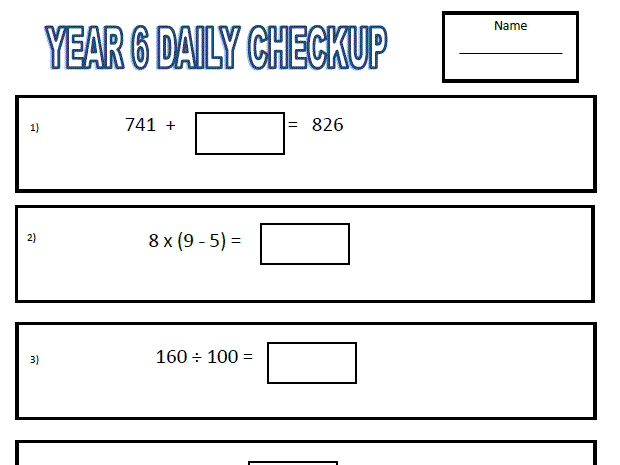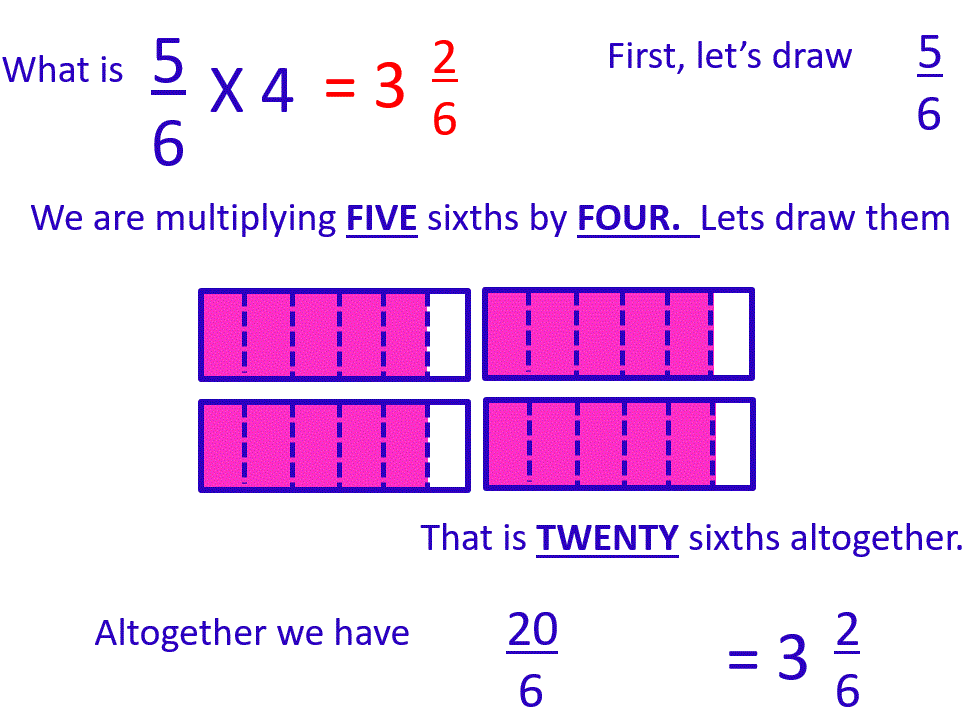Andrew's maths resources
I am a specialist Primary Maths teacher in a large teaching school. I have several decades of teaching experience and enjoy creating high-quality resources. I try to incorporate a strong visual element into my presentations and worksheets. Thank you for your interest in my resources. I do hope you find them useful.





















